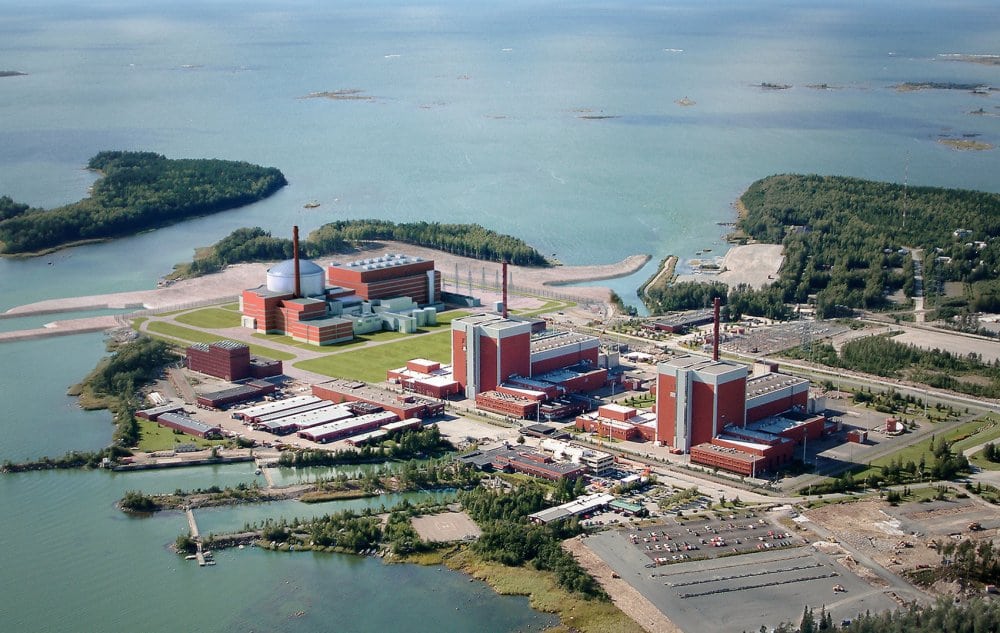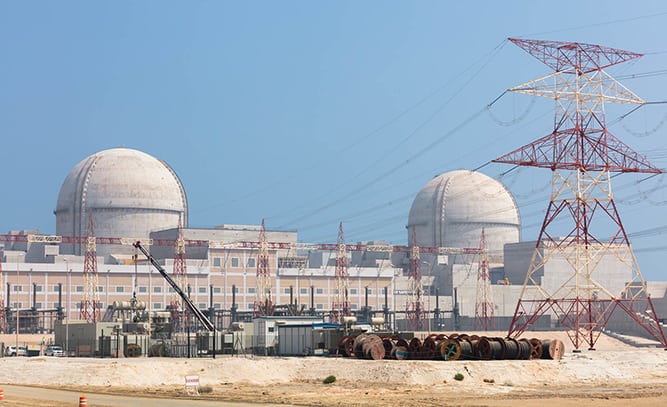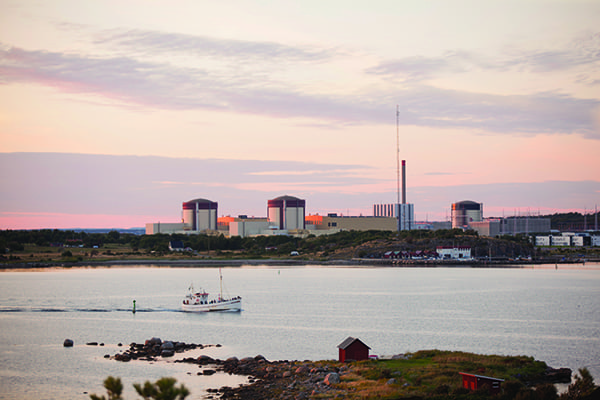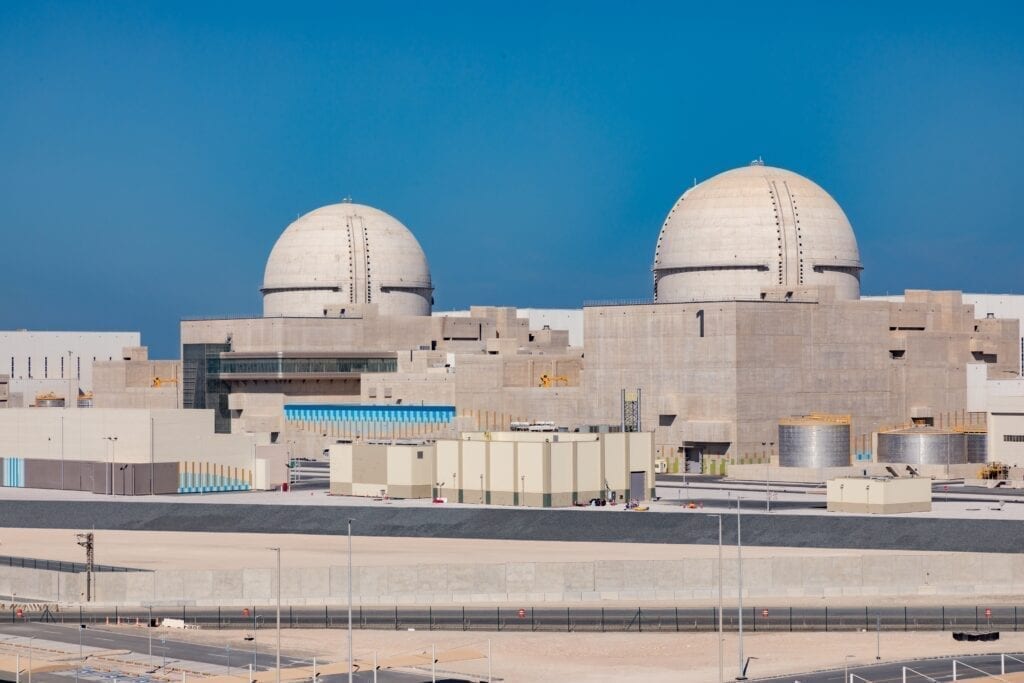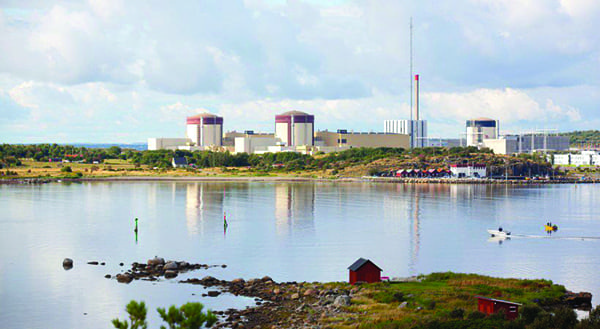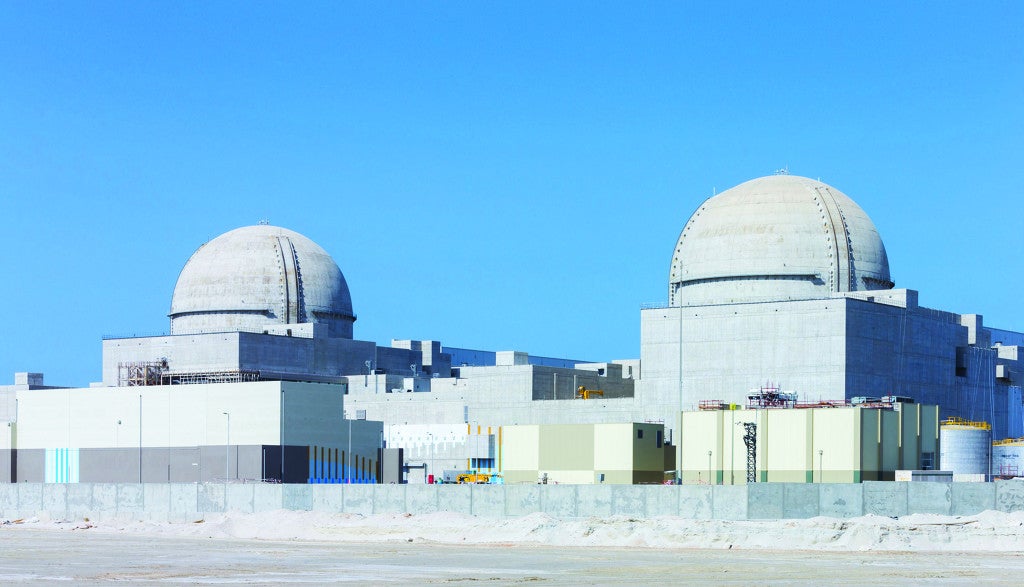The first nuclear power plant in the United Arab Emirates (UAE) reportedly will come online in early 2020. The report comes one day after Sweden on Dec. 30 shut down one of four reactors at the nation’s largest nuclear plant, closing Unit 2 at the Ringhals facility after more than 40 years of operation.
Germany also shut down the Philippsburg nuclear plant on Tuesday, part of that country’s planned phase-out of nuclear power by year-end 2022. The plant’s operating license was set to expire at midnight Central European Time on Tuesday.
The Al-Ittihad newspaper on Dec. 31 said one unit of the $24.4 billion Barakah plant in the UAE will begin loading fuel in the first quarter of 2020. H.E. Eng. Mohamed Al Hammadi, CEO of ENEC, in a news release said his group is “Raising awareness of the benefits of nuclear energy within communities in the Al Dhafra Region, the home of the Barakah plant, and ensuring that all their questions are answered is incredibly important as we transition away from construction and toward the start-up of the first Unit in early 2020, pending regulatory approval.”
ENEC told the paper: “This will mark the start of the operational phase of peaceful nuclear energy in the Arab world.” The Barakah plant, operated by Nawah Energy Co. and built by Korea Electric Power Corp. (KEPCO), would be the world’s largest in terms of generation capacity when complete, with its four South Korea-supplied APR-1400 reactors totaling 5,600 MW of capacity.
The contract for the plant was awarded in late 2009. Start-up of the plant has previously been delayed by a lack of trained local staff to operate the facility.
Ringhals 1 Also Set for Closure
Swedish news agency TT on Monday said Vattenfall, the Swedish state-owned utility group, and German utility Uniper finalized the permanent closure of the 852-MW Ringhals 2 reactor. The two groups had said in 2015 they planned to close the unit, citing rising maintenance costs and profitability concerns.
“It’s clear that there’s a bit of a sad feeling at the moment,” Lars Bjornkvist, project manager overseeing the Ringhals 2 closure, told TT on Monday. The plant is located about 40 miles south of Goteborg, the nation’s second-largest city.
Vattenfall and Uniper also have said they will shut down the Ringhals 1 reactor by year-end 2020. The other two units at Ringhals are expected to remain in service for at least another 20 to 30 years. Unit 4 was named a POWER Top Plant in 2017.
Vattenfall had planned to operate Units 1 and 2 until 2025, but in September 2015 said investment in the units would end after 2017, resulting in savings of about $200 million. The company at the time said it planned to invest about $100 million to make upgrades to Units 3 and 4 to keep those reactors operating.
Unit 1 at Ringhals, a boiling water reactor, began operation in early 1976. Unit 2, a Westinghouse pressurized water reactor, entered service in 1975. Units 3 and 4, also pressurized water reactors, came online in 1981 and 1983, respectively.
The closure of Ringhals 2 leaves Sweden with seven reactors in commercial operation at three plants: three at Ringhals, three at Forsmark, and one at Oskarshamn. Nuclear power accounts for about 40% of Sweden’s electricity.
Swedish lawmakers in 2010 said the government would allow utilities to replace the country’s existing nuclear reactors with new ones. However, the nation’s nuclear plant operators have for years decried the impact of Sweden’s tax on nuclear generation capacity, saying that regulations on safety requirements have made nuclear power unprofitable. Lawmakers in 2016 said the tax would end on Dec. 31, 2019, but decisions on reactor closures are already in place.
TT reported Monday that Ringhals 1 and 2 will be demolished by year-end 2022. Decommissioning of both units is expected to last at least eight years.
‘Energy Transition’ Plan in Germany
The German government’s “energy transition” plan, known as Energiewende and designed to make the country carbon-neutral by 2050, calls for the country to replace thermal power generation, including output from coal, nuclear, and natural gas plants, with renewable energy over the next several years. The plan includes the closure of all the country’s nuclear reactors—there are six nuclear plants still in service—by year-end 2022, and lawmakers earlier this year said the country would end all coal-fired power output by 2038 at the latest.
Opponents of the plan have said removing thermal generation will endanger the country’s energy security and make it reliant on imported power from neighboring countries, including those with nuclear, coal, and gas plants.
The Fraunhofer Institute, a German research organization, said renewable energy including solar and wind accounted for more than 47% of Germany’s power consumption in the first half of 2019.
The remaining operating unit at Philippsburg closed Tuesday was a 1,468-MW pressurized water reactor. It entered commercial operation in 1984. It is located 62 miles south of Frankfurt, near the border with France. Unit 1 at the plant was shuttered in 2011, just after German lawmakers said the country would phase out nuclear power in the wake of the Fukushima nuclear power plant disaster in Japan.
—Darrell Proctor is a POWER associate editor (@DarrellProctor1, @POWERmagazine).











